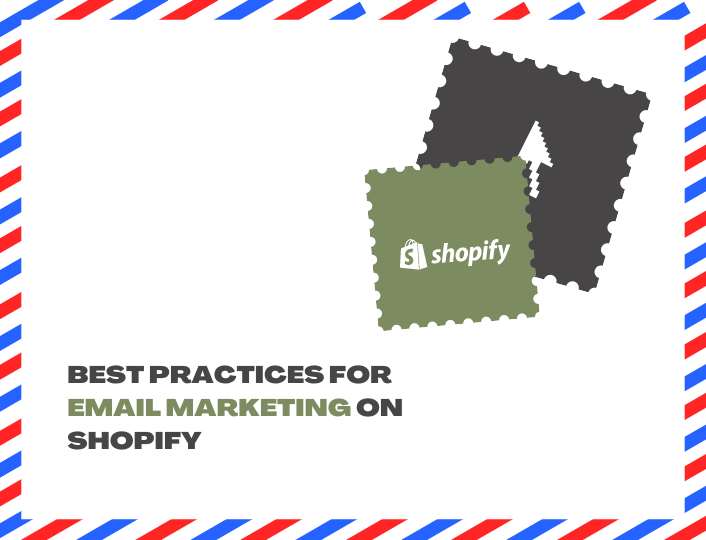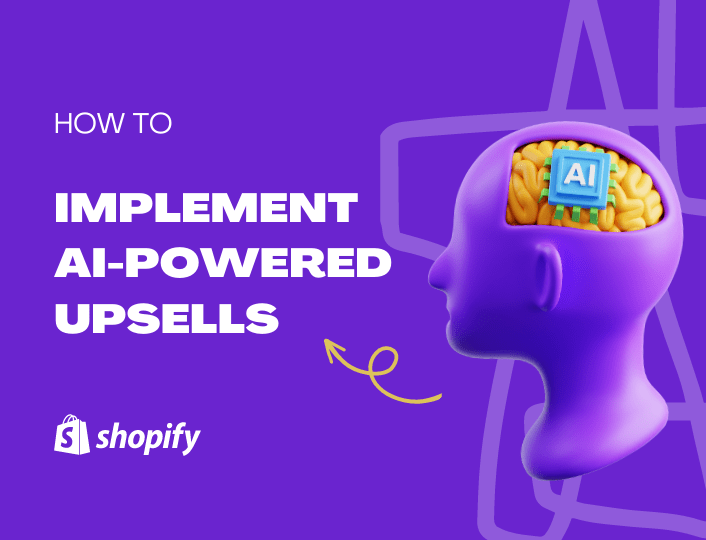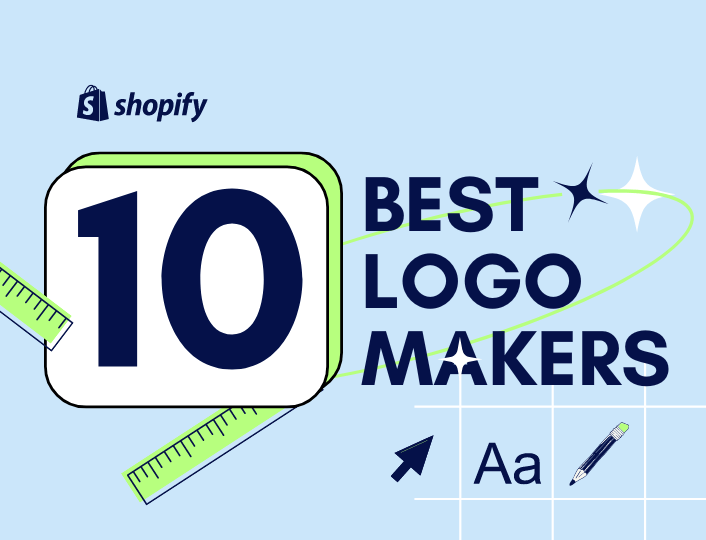If you have designed or are designing a Shopify store, you have to figure out how to grow your business through customer (lead) acquisition and retention.
Lead generation involves using different strategies and tools to find people who are interested in what you offer. Once you find them, you can then guide them through your sales funnel to become paying customers.
For Shopify business owners, the majority of your Shopify lead generation activities may be online. But, you can still apply some offline marketing strategies to create awareness for your business.
In this article, we’ll explore various types of Shopify leads and effective methods of generating Shopify leads.
Types of Shopify Leads
Not all leads are the same. Some leads might convert to paying customers right off the bat, while others may require more persuasion.
It is vital to categorize or qualify them based on their readiness to make a purchase. Here are the types of Shopify leads:
Cold Leads
Cold leads, also known as outbound leads, are potential customers who have shown minimal or no interest in your Shopify store or products.
They might have casually visited your website but didn’t engage further or provide any contact information. However, they are considered leads because you have identified that they can become paying customers when nurtured.
Since they are at the initial stage of the customer journey, they require more time and nurturing to develop interest.
Typically, the first step to converting cold leads is to capture their attention with content such as guides or blogs. As they learn about your products, their interest grows, leading them down your sales funnel.
Marketing Qualified Leads (MQLs)
Marketing-qualified Leads are leads who have engaged with your marketing efforts and demonstrated interest in becoming customers. But are not yet ready to start swiping their cards.
They may have visited your landing page and taken actions such as downloading a free ebook, signing up for a webinar, filling out a contact form, or interacting with your content.
Marketing-qualified leads are more likely to convert into paying customers with targeted nurturing. To convert these leads, provide personalizing marketing materials that offer valuable information, encouraging them to further engage with your business.
Sales Qualified Leads (SQLs)
Sales-qualified Leads are prospects who have shown a high level of interest in purchasing your products. These are the most important leads for businesses as they require minimal nurturing to convert.
They may have taken actions that indicate they are ready to become paying customers such as contacting your sales team for more information, requesting a demo, or submitting detailed inquiries about specific products.
Sales-qualified leads are further down the sales funnel and require direct sales engagement. Once they have gotten to this stage, your sales team can step in to nurture them into completing a purchase.
Tips for Generating Shopify Leads
Here are some tips for generating leads on your Shopify store:
1. Identify Your Ideal Buyer
Identifying your ideal buyer is a non-negotiable step in generating leads for Shopify. Sure, you can dive right into creating marketing content, but knowing who your customers are allows you to craft tailored marketing strategies and product offerings that convert.
The process entails creating buyer personas, a fictional representation of your ideal customers based on research. This means you have to identify their demographics, behaviors, pain points, goals, purchasing power, and motivations.
With buyer personas in place, you can create relevant content with compelling messages and select the appropriate channel for engaging with your ideal buyers, leading to higher engagement and conversion.
2. Optimizing Your Store for Search Engines
Optimizing your Shopify store for search engines is a surefire way to generate more leads over time.
Search engine optimization (SEO) helps boost your store’s visibility in search engine result pages (SERP), making it easier for potential customers to discover your products and services.
It involves researching relevant keywords and infusing them strategically into content and on-page elements, optimizing product pages, crafting high-quality content, building quality backlinks, optimizing for local SEO, improving site speed, and many other technicalities.
Thankfully, there are several SEO tools for Shopify that can help you effectively optimize your store without breaking a sweat. While SEO is a long-term investment, it can significantly impact your Shopify lead-generation strategies
3. Create Content Via Multiple Channels
Content marketing helps attract, engage, and convert potential customers into paying ones. When people visit the internet, they often seek content that provides valuable information or entertainment.
Providing such content across multiple relevant channels is a great way to capture the attention of your ideal customers while you nurture them into becoming paying customers.
Create a blog section on your Shopify website and publish informative articles related to your products following a well-laid out content calendar.
You can take it a step further by converting these articles into videos, reels, charts, or pictures and publishing them on social media platforms such as Instagram, Facebook, X(Twitter), TikTok, and more.
You can also utilize other channels such as emails, podcasts, and webinars. Spreading your content across multiple channels enables you to reach a broader audience and generate more leads.
Shopify Lead Generation Strategies
Capturing leads and converting them into paying customers is no easy feat. However, with the right strategies in place, you can achieve the desired results. Here are some effective strategies for lead generation in 2024.
1. Use Lead Magnet
Using a lead magnet is an effective way to grow your customer base. A lead magnet is a tool businesses use to collect contact details of potential customers, specifically email addresses or phone numbers.
The lead magnet could be a free template, newsletter, research report, and so on. The potential customer provides their contact details in exchange for these incentives.
To implement a lead magnet, first, you need to identify what tool to offer. It is preferable to use one that resonates with your audience. Some effective lead magnets include free downloadable content (ebooks, guides, whitepaper, etc), free trials, exclusive discounts, online courses, access to webinars, etc.
Then create a dedicated landing page for your lead magnet using any landing page builder of your choice. The landing page should contain more information about the offer and have a clear call to action (CTA).
Finally, use an opt-in form that requires visitors to provide their contact address to access the content. After capturing their details and delivering the content right away, follow them up with emails to nurture them into customers.
2. Use Popups
Popups are modal display boxes that appear on websites to capture the attention of visitors, encouraging them to take specific actions. There are several types of popups including entry popups, exit-intent popups, time-delayed popups, sticky bars, and more.
Generating leads for Shopify using popups can boost your revenue. According to studies, popups have an average conversion rate of 11.09%, while high-performing popups have a conversion rate of 42.35%.
For instance, using Adoric, a powerful popup builder, can help boost your Shopify store’s conversion by a whopping 25%.
Implementing popups into your Shopify store is a straightforward process. Simply decide what type of popup you want to display. Install a Shopify popup app, select any template of your choice, and modify it with vital details including incentives and trigger commands before publishing it on your store.
Keep in mind that you can have more than one type of popup in your store. Check out this guide to learn more on how to add a popup on Shopify.
3. Set up a Referral Reward Program
Using a referral reward program is another powerful Shopify lead generation strategy. This is because getting positive feedback from a product user can influence the decision of a potential buyer.
In fact, 86% of B2B buyers say word-of-mouth plays an influential role when making purchasing decisions.
Typically, referral programs offer incentives to existing customers to promote a product or brand. This leads to increased visibility, trust, and customer base.
When an existing customer joins a referral program, they get a referral link which serves as the gateway for bringing in new customers and tracking progress.
To integrate a referral program into your Shopify store, you need to create a compelling offer that encourages the customers to refer others, promote your referral program, and assign a link to each referrer. You can take it a step further by incentivizing the referrals.
4. Run Retargeting Campaigns
Running retargeting campaigns is an effective Shopify lead generation strategy that aims to re-engage potential customers who have previously interacted with your Shopify store but did not complete a desired action.
This action could be completing a purchase, signing up for an email list, or accepting a webinar invite. Retargeting allows you to stay on the minds of these visitors and encourage them to return and convert.
You can use Facebook or Google Ads to re-engage this category of people. But first, you need to install Meta Pixel or Google Analytics on your Shopify store.
These codes identify visitors yet to complete desired actions. Retargeting them using tailored campaigns, can unarguably boost lead generation for Shopify stores and improve conversion.
Wrapping Up
Lead generation in 2024 is a vital aspect of growing a successful Shopify business. Implementing the tips and strategies in this guide will help you acquire quality leads, boost conversion, and increase revenue.
While Shopify lead generation is not a walk in the park, using the right tools can lighten the workload. Lucky for you, Adoric provides the perfect blend of features that work magic when it comes to lead generation.
Give Adoric a try today!




